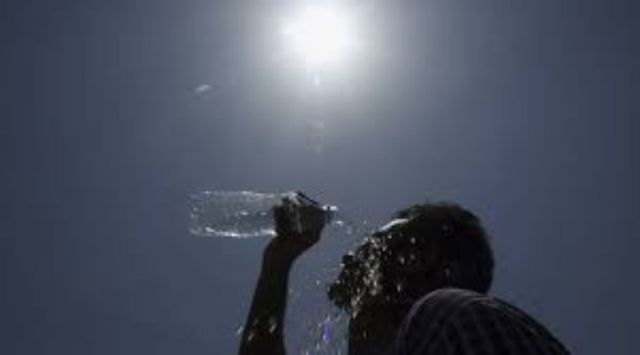The dry spell in North India in June is due to the absence of easterly winds that bring monsoon to Northwest India, according to the India Meteorological Department (IMD). Instead, southwesterly winds have carried the monsoon clouds to Northeast India, causing excessive rainfall and floods there.
While the overall rainfall in India was 4% below normal, Assam and Meghalaya received 1,000mm of rainfall last week. Other parts of the Northeast, including Manipur, Tripura, sub-Himalayan West Bengal, and Sikkim, also experienced heavy rainfall.
Dr. R K Jenamani, Senior Scientist at the National Weather Forecast Division of IMD, stated that while all-India rainfall has shown little change, the increasing number of dry spells and extremely heavy rainfall pockets is concerning. Easterly winds are not expected for the next 4-5 days.
In the last three years, India has seen normal to above normal rainfall, but the variability in monsoon rain distribution has been high. Abinash Mohanty, Programme Lead at the Council for Energy Environment and Water, mentioned that 75% of the country is now considered extreme weather hotspots, with 27 states, 463 districts, and over 638 million Indians vulnerable to extreme weather events. He also noted that India is currently experiencing an increase in dry days, with areas that were previously prone to drought now becoming flood-prone.
The Met Department has issued a warning for thunderstorms with moderate intensity rainfall in Uttar Pradesh and Uttarakhand on June 27 and 28, while rainfall will continue along the west coast for the next five days.


































+ There are no comments
Add yours